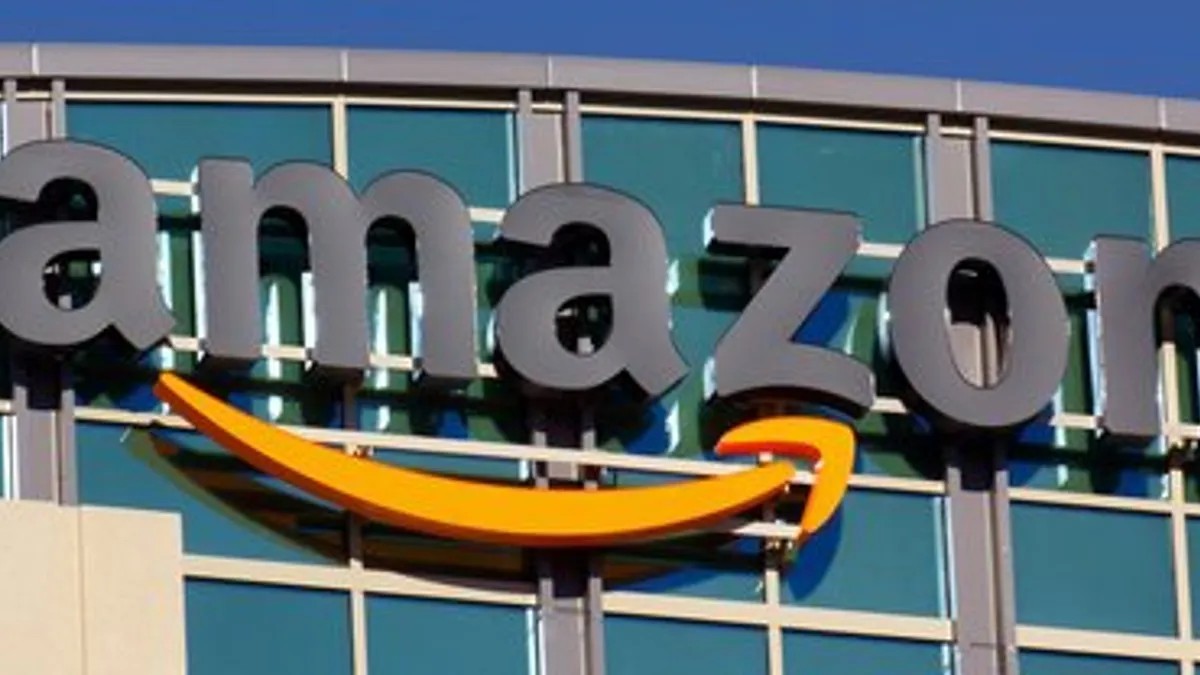Dive Brief:
-
Amazon has postponed the public opening of its checkout-free Amazon Go convenience stores in order to smooth out technical problems, The Wall Street Journal reports.
-
The first Amazon Go store in Seattle, currently open only to Amazon employees, leverages technologies used in self-driving cars, including computer vision, sensor fusion and deep learning, to detect when products are removed from or returned to shelves, keeping track of them in a virtual cart and totaling the cost when customers depart the store. An accompanying mobile application automatically charges the card saved in the associated Amazon account and provides a digital receipt.
-
Amazon has found that Amazon Go's automated systems are disrupted when the store is crowded with more than 20 people or if shoppers move too quickly, according to The Wall Street Journal’s account. For now, Amazon is employing humans to help iron out transaction glitches as it fine-tunes the technology, and the wider opening scheduled for “early this year” will come later than first announced.
Dive Insight:
Amazon has conquered e-commerce, which has put pressure on traditional retailers to respond with omnichannel sales and more nimble supply chains to meet the demands of shoppers online and off. But it’s facing a steeper learning curve when it comes to physical retail, which has increasingly become an important part of its overall strategy. The company has been steadily opening bookstores nationwide and is said to be working on physical grocery stores which differ from the Amazon Go concept.
Amazon isn’t saying much about its physical retail operations — Retail Dive wasn’t able to get anyone there to expound on them — but plenty of expert observers are willing to make a few guesses about its ambitions. They say physical stores have become a necessary facet of Amazon’s strategy to nurture and grow its Prime ecosystem, a virtual retail cyclone that includes not just a massive assortment of goods (including a growing number of private-label products in many categories) and multimedia services, but also an expanding series of devices and technologies designed to make shopping at Amazon even more friction-free and accessible. Plus, research shows that consumers prefer shopping physical stores for a variety of reasons, above all the opportunity to see and touch merchandise.
Amazon isn’t simply opening stores, however; it’s also attempting to revolutionize physical retail through technology and various pricing schemes also meant to favor its sticky Prime membership base, the engine behind its extraordinary growth. Although the premium on tech is introducing hiccups, that doesn’t mean that Amazon will ultimately fail, according to Stephan Schambach, founder and CEO of mobile retail platform NewStore.
“Amazon is one of the best companies when it comes to focusing on the problem first, then the solution. This doesn’t always translate to success, but it’s impossible to deny Amazon is the most customer obsessed retailer out there,” Schambach told Retail Dive in an email. “While parts of the experience might seem clunky, in the store it may work well. Or, they are iterating through the problem and will simplify the offering over time. The miscalculation most people make with Amazon is judging the current state of their efforts and assuming it’s the final product. To understand Amazon, it’s crucial to remember that nothing is ever finished and everything is always being improved.”















